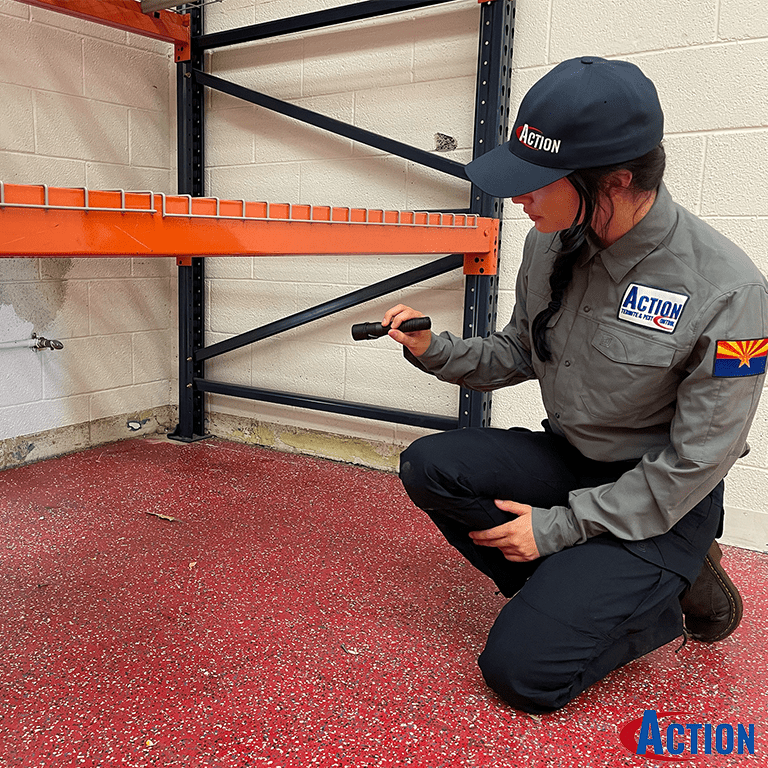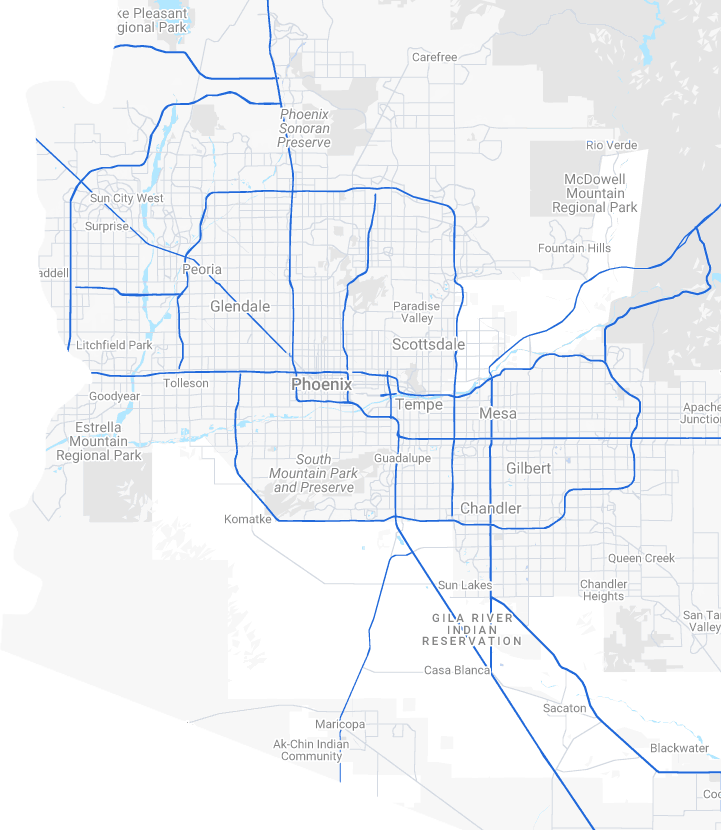Pest control companies like ACTION Termite & Pest Control provide termite inspection as an essential service. This type of examination goes further than your average home inspection by providing more in-depth examination of your property’s wood structures.
At your inspection, your technician will check for evidence of termites as well as other wood-destroying organisms like carpenter bees and ants, along with current infestation signs to recommend treatment options if necessary.
Exterior Termite Inspection Scottsdale
An inspection vehicle used to detect termites is typically outfitted with protective gear such as gloves and face shields for your own protection.
At this termite inspection, a professional will carefully examine your home’s baseboards, walls, windows, crawlspace, door frames and interior cabinets and closets for signs of damage; additionally he or she will check the garage and attic if accessible.
Subterranean termites dig out earthen shelter tubes from which they access wood from their soil habitat, often creating highways which run along your foundation, crawl space or attic – as well as any other access points around your house.
To keep termites out of your home, remove any mud tubes present. Also avoid placing mulch or firewood directly against exterior wood surfaces as these could attract termites.
Interior Termite Inspection Scottsdale
Your ACTION Termite & Pest Control technician will conduct an inspection to detect evidence of termite activity and infestation on both inside and outside of your property, including baseboards, walls, windows, door frames and crawlspace for signs of termite damage or entry points.
Termites may be difficult to detect, but there are telltale signs that will alert a professional inspector. One such indicator for subterranean termites is the presence of mud tubes.
Mud tubes are used by termites to navigate open, exposed spaces such as foundations, pipes and crawlspaces. Mud tubes allow termites to get back home more quickly while protecting them from predators and keeping them hydrated in dry climates.
Before the termite inspector arrives, relocate any furniture and other objects touching walls – such as furniture and electronics – at least two feet from them and clear away any clutter from kitchen and bathroom floors.
Termite Mud Tubes in Scottsdale
Subterranean termites create mud tubes to transport themselves and their food sources from the soil up to their food sources, using small pieces of dirt, mud, wood as well as their saliva and feces as raw materials to form tubes on surfaces.
Termite colonies can grow up to 15 feet off of the soil surface, providing them with plenty of room to thrive and multiply. Unfortunately, these fragile colonies often disband by the time homeowners discover them; nonetheless they’re an indicator of an infestation.
Termites have various kinds of mud tubes at their disposal, including exploratory and working tubes. Exploratory or “scouting” tubes tend to be constructed sloppily and will collapse automatically once termites have explored all they want.
Thermal Imaging
Thermal imaging cameras are an invaluable asset when inspecting termite infestation. This technology enables inspectors to spot termite activity without drilling into structures – which is an invasive and time-consuming process.
An inspector uses a thermal camera by aiming it at structures and scanning their surfaces for areas with temperature differentials; any areas showing colder or warmer areas could indicate termite infestation.
Similar to standard inspections, camera technology can also be used to detect moisture or other issues that may lead to significant structural damage, such as water leaks which might otherwise go undetected. For instance, it can identify water leaks which would otherwise remain undetected by traditional means.
Energy auditing technology can also identify energy losses during construction that result in costly heating and cooling bills, and help technicians detect corroded wiring connections or relays which increase resistance levels and create higher resistance loads.










